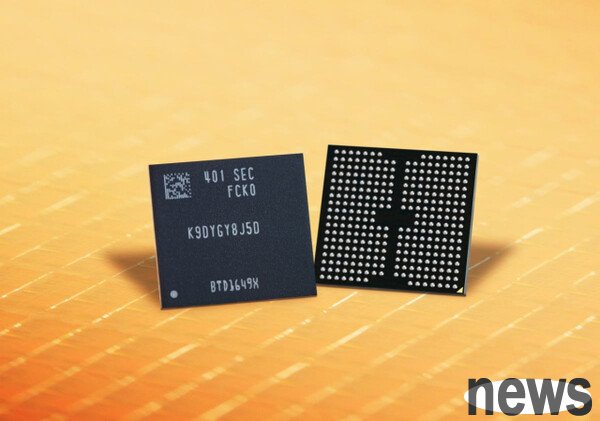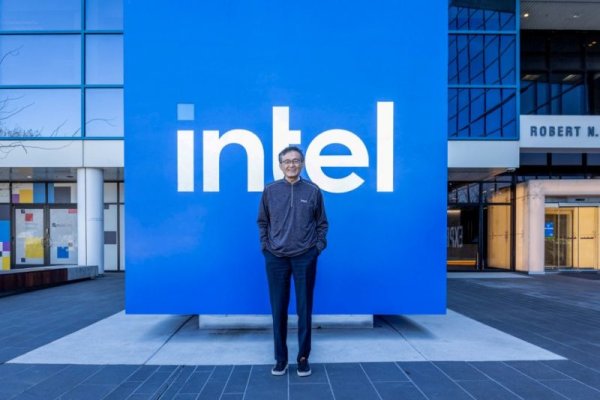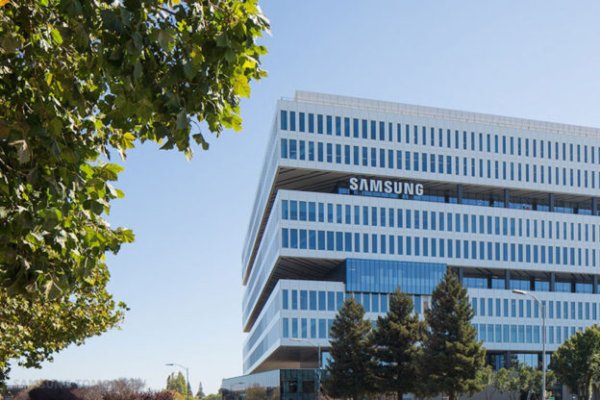Strong market demand for NAND Flash drives Samsung’s V8 NAND Flash production line utilization rate to increase

Benefiting from the strong development of the artificial intelligence (AI) industry, the global NAND Flash memory market environment is rapidly improving. This trend has directly promoted a significant increase in the production line utilization rate of Samsung Electronics' eighth-generation (V8) NAND Flash.
ZDNet KOREA reported that the Korean semiconductor industry has observed that Samsung has recently significantly increased the utilization rate of its main NAND Flash production line in Pyeongtaek Park. The utilization rate of the V8 NAND Flash production line will remain at an average level of 60% to 70% in the second quarter of 2025. However, after entering the third quarter, the production line's utilization rate has rapidly increased to 80%, which means that the utilization rate in the third quarter has increased by more than 10% compared with the previous quarter.
Supply chain activities also reflect signs of recovery in production capacity. Orders for materials and parts related to manufacturing NAND Flash have increased simultaneously since the middle of the year. Relevant people in the Korean semiconductor industry pointed out that due to the continued improvement of market conditions, V8 NAND inventory fell sharply in the second half of the year, prompting Samsung to increase production again. The industry expects that the utilization rate in the third quarter will remain at least above 80%, and market expectations in the fourth quarter will also continue to be maintained.
V8 NAND is Samsung’s main memory product that will begin mass production at the end of 2022. Its stacking layer count is as high as 236, and it is currently Samsung's core product line together with sixth-generation (V6) NAND. V8 NAND production capacity is estimated to be approximately 100,000 wafers per month. At this stage, the main driving force for the rapid improvement of the overall NAND Flash situation in the market comes from the strong demand for storage equipment by AI infrastructure. The current growth in demand for NAND Flash is mainly dominated by the field of enterprise-class SSDs for servers.
Server SSD is mainly equipped with QLC NAND Flash. The advantage of QLC is that each unit can store four bits. Compared with TLC, which can only store three bits, it is more conducive to use in high-capacity storage devices. Samsung V8 NAND Flash is mainly composed of TLC and is mainly used for consumer applications. Although QLC products have not yet been released, the NAND Flash supply chain has shifted to SSD, and consumer-grade SSD inventories are rapidly decreasing. Although Samsung V8 NAND Flash indirectly benefits from the overall trend, the market improvement effect is very significant.
Analysis by market survey and research organization TrendForce confirms this trend. The average selling price (ASP) of NAND Flash is expected to increase by approximately 5% to 10% in the third quarter and fourth quarter of 2025. The core reason for the price increase is that the production reduction strategy implemented by memory suppliers in the first half of the year effectively reduced inventory, while overall market demand increased.




